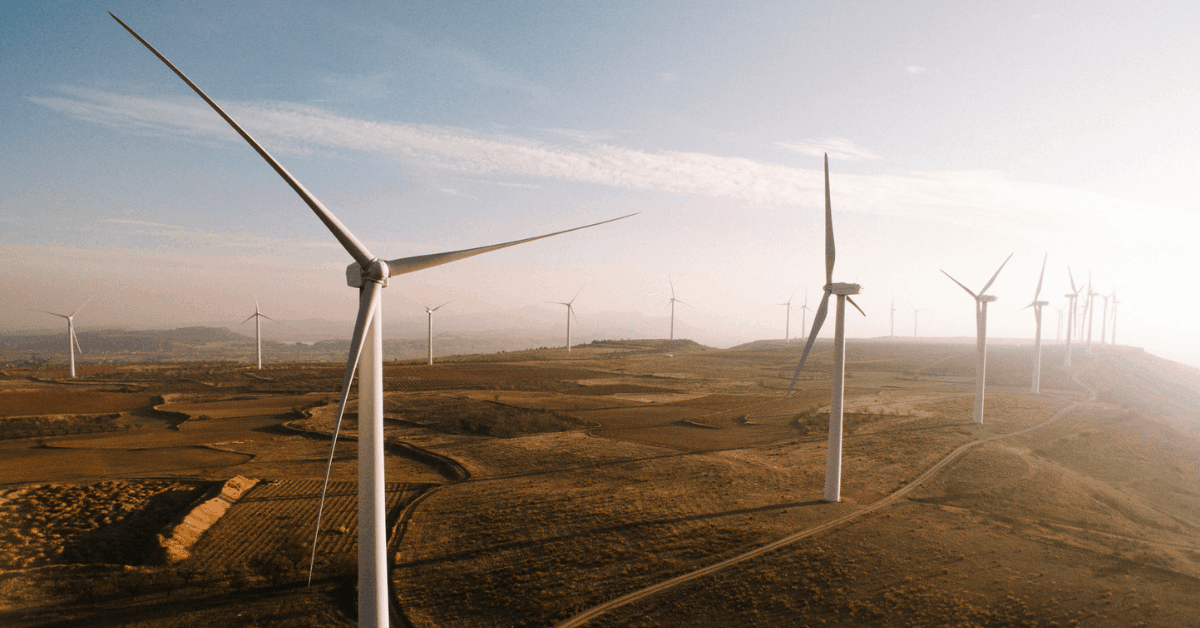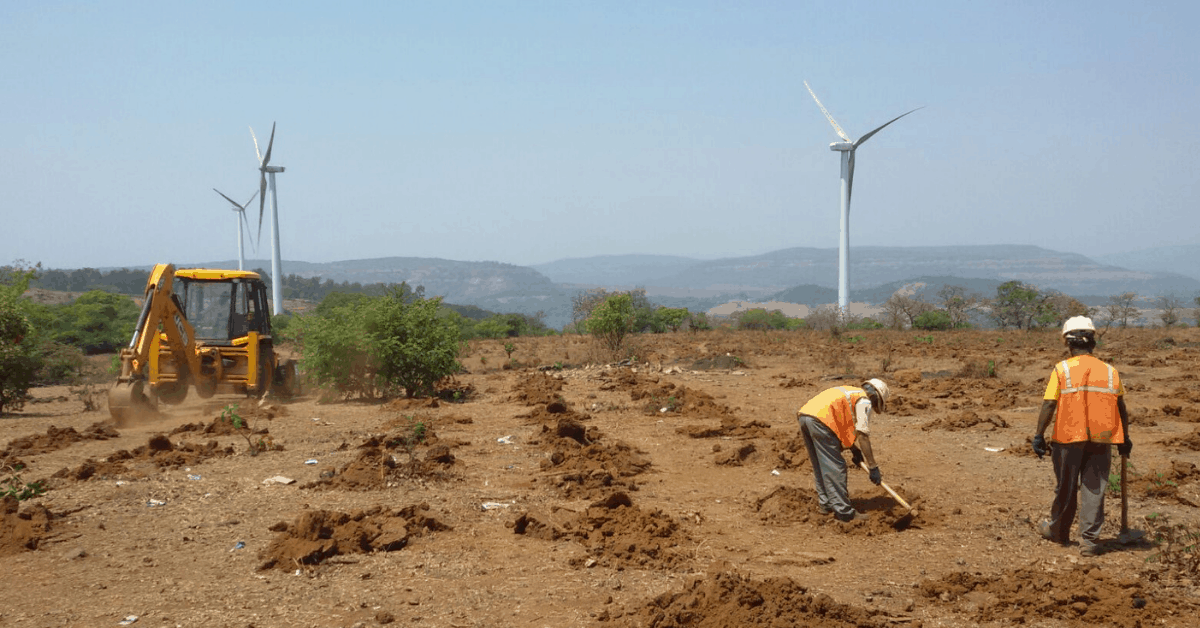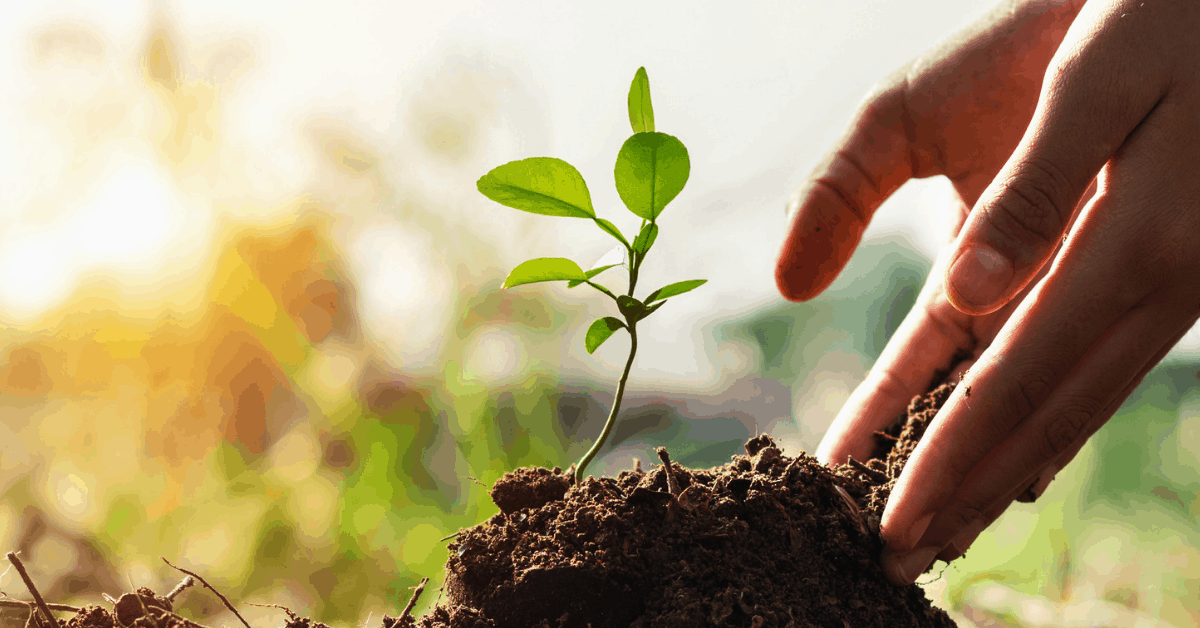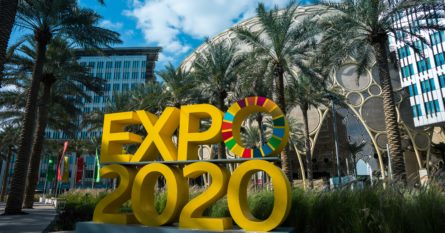It seems like the travel industry is abuzz with “carbon-offset this” and “carbon-offset that”, but what is the real-life impact of these programs? We spoke to Dr. Wendy Buckley, Client Manager at Carbon Footprint Ltd to learn more.

As greenhouse gas emissions continue to rise and it becomes increasingly clear that major change is needed to reach the goals set out in the Paris Agreement, more and more companies are looking for ways to become more sustainable, including ours.
Blacklane is a tech company that connects travelers with chauffeurs in over 300 cities worldwide, and as part of our green initiatives, we offset every ride and all our operations with Carbon Footprint Ltd. That makes us a carbon offset company, but what does that actually mean for travelers, the environment, and the wind farm in India that our offsetting supports?
What is carbon offsetting?
Carbon offsetting is an effort to counteract the carbon dioxide pollution emitted on a business or individual level.
Companies like Carbon Footprint Ltd attach a value to the amount of CO2 emitted by your travel, energy consumption, etc. and then invest that money into eco-friendly projects on your behalf.
Who offsets their carbon?
“If I look at my client base, it’s very broad across all different sectors,” said Dr. Wendy Buckley, Client Manager at Carbon Footprint Ltd.
“A lot of businesses rely on transport, professional services like banking and the finance sector rely quite a lot on travel…
”A lot of businesses who want to try and do the right thing.”
Since the travel sector, in particular, is still mostly reliant on fossil fuels, some of the biggest proponents of carbon offsetting have been airlines, and rightfully so. For example, Qantas is planning on launching a rewards program that awards points based on the customer’s carbon offset contributions, and 192 countries have agreed to offset their aviation by 2021 thanks to the UN’s Corsia deal.
Even governments are getting involved, with countries like Sweden and Norway pledging to enforce environmentally friendly policies in their aviation industries. On that note, the South-Asian country of Bhutan is even carbon-negative, meaning it consumes more carbon than it emits. Yes, you read that right, the entire country.
Even FIFA, an organization that’s not necessarily known for its humanitarian efforts (to say the least), has announced that for the World Cup in Qatar they will have an opt-in carbon offset program for ticket holders, for which they will foot the bill.
These are all great steps in the right direction, but as Wendy pointed out, it should be just one piece of the equation.
How does it actually impact the environment?

Blacklane’s offsetting investments go toward the Mirkala Wind Power Project, run by Panama Wind Energy Private Limited in Pune, India. The energy produced by the 40 wind turbines there goes toward the country’s power grid for its Northern, Eastern, Western, and North-Eastern regions.
“These projects would not exist without the contribution of companies like Blacklane. The projects themselves and the way that they get their funding is reliant on this income, and I think that’s a really important point,” said Wendy.
“We try to choose projects that compliment where our customers are or what their interests might be,” Wendy said,
“You might imagine a waste management company having access to projects that involve landfill gas reclaim… things that would be very close to your heart that support developing regions as well, where they will support employment, education, and general welfare within those communities.”
Wendy said Carbon Footprint Ltd projects have to undergo a rigorous third-party audit by Quality Assurance Standard, and are given special certification based on their benefits to the communities they are in and the planet overall.
What lies in the future for carbon offsetting?

Wendy anticipates more clean-energy projects popping up, but also more projects that are socially driven.
“Especially in Africa, there are a lot of projects that are emerging that are related to clean water, which is obviously a huge thing within that region of the world.
“Those types of projects bring such essential health benefits as well as reducing climate change.
“Generally, if I go back from the humanitarian side of it, it has to be about encouraging new technology.”
While clean energy advancements tend to be the ones we hear about most, there have already been plenty of more niche innovations that tackle things from the way we grow food to what happens to aluminum byproducts, to how to turn trash into a ski hill. But how do you support this progress as an individual?
How do you go beyond carbon-neutral?
According to Wendy, going “beyond carbon-neutral” means looking outside of your own impact and getting hands-on in making your surroundings more sustainable.
“Can you have green rooftops, can you create some wildflower meadow areas around your immediate environment? It provides a much nicer place for biodiversity, it supports a reduction in carbon, and also improves the welfare and mood of your team members,” Wendy said.
“And just going a little bit further out from what’s immediately outside your offices, how can you support your local community and your business community in reducing their emissions?
Once you’ve sorted all the things out that you need to do, help others and spread the word and get them involved in doing it.”
Looking for a place to start? How about making your travel more sustainable? Check out our articles on Eco-friendly travel tips for your next holiday, Green travel tips for companies, and Sustainable travel experiences for 2019.




